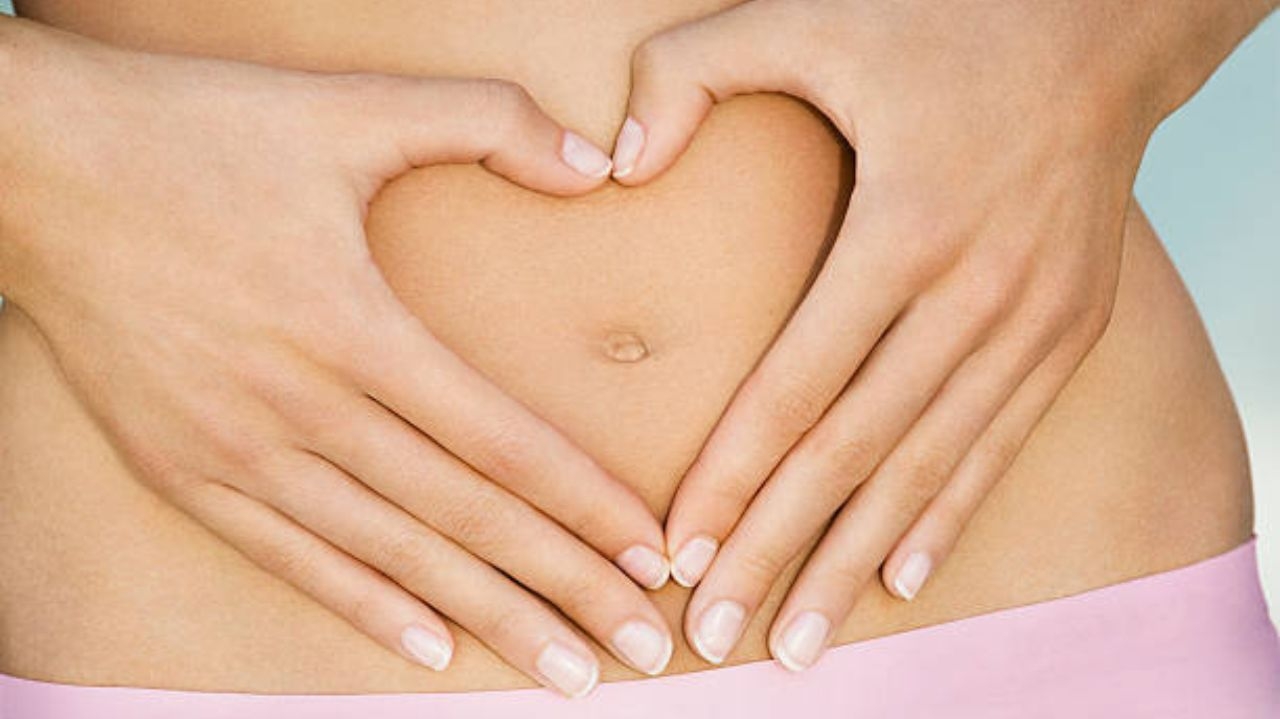When taking a shower, it is common for people to wash all parts of the body, but there is one part that can be forgotten: the navel. Because of its shape, the navel can accumulate dirt, oils, dead skin, clothing fibers, etc., leading to unpleasant odor, itching, and even infection. And with this Dr. Karan RajanThe British National Health Service surgeon warns of the importance of cleaning this area.
The importance of cleaning the navel
Dr. Karan Rajan explains that because of its shape, the navel is a place where various dirt and bacteria can accumulate, which can lead to an infection in the area. Furthermore, a study conducted by Belly Button Biodiversity at North Carolina State University found that there are an average of 67 different bacteria in the belly button. In the study, the researchers discovered that one of the volunteers was harboring bacteria that were only found in Japan, but this volunteer had never visited Japan before, and another volunteer, who appeared to have not showered in a while, was harboring bacteria that usually lives in harsh conditions. Like the North Pole.
Cleaning the navel is important for everyone, especially for those who have a piercing in the area (Photo: Reproduction/Zavi Smith/Getty Images Embed)
Cleaning this area is important for both newborns — who may be more susceptible to omphalitis — and adults, especially for those who have piercings in the area. It is important that this area be cleaned daily.
How to clean your belly button
It is possible to clean the navel while showering. It is recommended to use neutral soap – such as soap intended for children, for example – and gently wash the navel with your little finger, then rinse it well with water. After showering, gently dry the area with a towel. To keep your navel dry, also use a clean cotton swab to absorb any moisture that may be present. It is not necessary to “scrape” the navel with a cotton swab, as mere contact will cause the cotton to absorb water. If necessary, use the other clean side of the swab.
The second method of cleaning the navel requires more cotton swabs, but is a good alternative for those with more closed and closed navels. To do this, simply wet the ends of a cotton swab with warm water and wipe them with neutral soap. Gently pass the cotton swab over the navel and its “walls”. Repeat the process until the swab comes out clean. To dry, use a dry cotton swab.
It is also important to remember not to use creams, oils, or ointments on the navel, to avoid moisture accumulation in the area. If your navel is red and itchy, see your doctor and follow his instructions.
Featured Image: Properly cleaning the navel prevents bad odor and infection in the area (Reproduction/Lawrence Moneret/Embed Getty Images)
